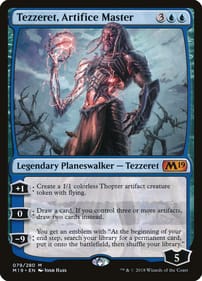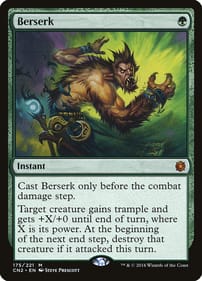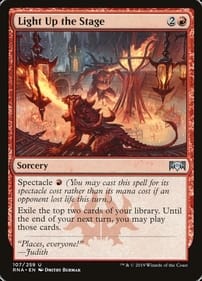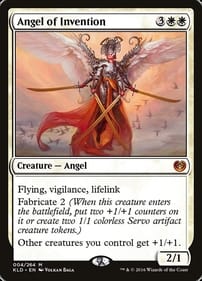The Rolling Stones comic you both want and need
By Dan Brown
Rolling Stone Keith Richards is arguably the greatest creator of guitar riffs in human history.
Think (I Can’t Get No) Satisfaction, Start Me Up, Brown Sugar, Honky Tonk Women, and Jumpin’ Jack Flash, for starters.
Although Richards has been fully dedicated to the rock lifestyle for decades, his voracious appetite for destruction didn’t stop him from turning 80 years old on December 18.
So there’s no better time for a look at The Rolling Stones in Comics, a 2019 graphic novel that tells the story of how Keef, Mick Jagger and the rest of the lads made their mark on music history.
It’s a story of sex, drugs, and more drugs, made up of several vignettes outlining significant moments in the life of the greatest rock band in the world. It will mainly benefit younger readers seeking an introduction to the band’s exploits.
That said, I consider myself a big Stones fan, and I learned several things from the book I had never heard.
For example, did you know there was a period in the 1960s when Jagger floated the rumour he would run for the British House of Commons as a Labour candidate on a platform of drug legalization? That came as news to me.
Each of the chapters, running about four pages, is done by a different artist, none of them known to me. This is because the book was originally published in French, and draws heavily on European talent. If you’re looking for the work of mainstream DC/Marvel pencilers or inkers, you’ll have to find them elsewhere.
What you do get in this book is a vivid group of mini-adventures, like the notorious 1967 bust that took place at Redlands, a West Sussex property owned at the time by Richards, the first of his many high-profile brushes with the law.
Also covered is a what-if kind of story that imagines what thoughts were going through the mind of doomed founding Stone Brian Jones as he drowned in his own back garden.
I really enjoyed the piece explaining open tuning, a method for placing one’s fingers on guitar strings that Richards stumbled across with the help of other musical greats. It opened up a plethora of creative avenues for the songwriter.
As the narrative notes, “In 1968, the Stones already had their own style. With open tuning, they found their sound.”
And naturally, the illustrators involved – names range from Anthony Audibert to Bruno Loth to Sarah Williamson – have a field day rendering one specific body part that will forever be associated with the group: Jagger’s voluminous lips.
That said, Sir Mick doesn’t come off well in the chapter devoted to his solo career.
There’s a revealing section in which Jagger asserts his authority over hired hand Jeff Beck in a Jamaican studio circa 1984, ordering engineers to erase a guitar break the virtuoso has taken great pains to lay down. “Mick liked to be the one giving orders,” the narrative explains. “He wasn’t doing a solo album just to revisit the same old band problems.”
My one disappointment: There’s no chapter devoted to the bacchanal in Southern France that was the Exile on Main Street sessions. That 1972 double album gave fans a taste of an alternate future by showing what the Stones would have been like if Richards hadn’t been too strung out on heroin to wrest leadership from lead vocalist Jagger.
In my mind, The Rolling Stones in Comics ranks alongside the 63-issue Rock ‘N’ Roll comics line of the early 1990s, which told the origin stories of such bands as Black Sabbath, the Cure, Metallica and the Who.
As a genre, comics about rock musicians are the print equivalent of VH1’s Behind the Music series, only done with more verve and less reliance on a formula.
Dan Brown has covered pop culture for more than 31 years as a journalist and also moderates L.A. Mood’s monthly graphic-novel group.








Leave a comment